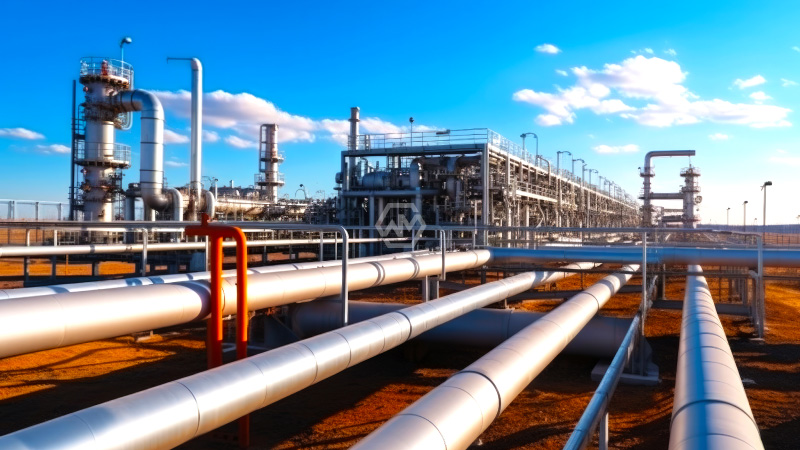- A large part of the organization will utilize reused gaseous petrol pipelines, notwithstanding some reason constructed new hydrogen pipelines.
- Gasunie auxiliary HyNetwork Administrations will do the venture.
- The drive is supported by a gathering of 31 energy framework administrators.
The Netherlands has authoritatively started the development of its arranged 1,200 km hydrogen pipeline on Oct. 27, with an initial 30 km segment running in Rotterdam to begin tasks in 2025.
The principal stretch of the pipeline will connect the new Tweede Maasvlakte port in Rotterdam to Pernis, where Shell has a treatment facility.
Hydrogen Pipeline Construction
The more extensive organization to connect major modern groups in the Netherlands, as well as cross-line associations with Germany and Belgium from 2030.
The organization will likewise connect to import terminals at seaports, homegrown hydrogen creation locales, and enormous scope storage spaces.
The beginning of development follows a last speculation choice from Gasunie in June for the main stage for over Eur100 million. The cross-country organization will cost about Eur1.5 billion, it said.
The plans tie into a more extensive arranged European organization – – the European Hydrogen Spine Drive – – which intends to fabricate an organization of 28,000 km of devoted hydrogen pipelines by 2030, growing to 53,000 km across 28 European nations by 2040.
Gas network administrators OGE and Nowega began work on Oct. 16 to change a significant distance pipeline from gas over completely to hydrogen, the primary undertaking to get everything rolling in Germany.
The 46-km pipeline runs from the OGE blower station in Emsburen to Awful Bentheim in Lower Saxony and onto Legden in North Rhine-Westphalia.
The transformation will see the pipeline areas isolated from the gas network after which redesign measures for the vehicle of hydrogen will start. The pipeline would be prepared to stream hydrogen from 2025.
Another Nowega line, which runs from Lingen to Awful Bentheim, will likewise be switched over completely to hydrogen from November 2023.
Both transmission framework administrators are essential for the GET H2 drive, the point of which is to lay out the center for a cross-country hydrogen foundation.



